Although the West defines Turkey’s reconnection to the open seas ‘Neo-Ottomanism’, Turkey’s Blue Homeland Doctrine is a 21st century geopolitical reality originally outlined by Mustafa Kemal Ataturk as a survival necessity for the democratic, secular republic whose borders are drawn in accordance with the universal law of the sea and reinforced by state practices.
“The seas are an inexhaustible supply of wealth and power. Seamanship may not be in the nature of the Ottoman nation. However, the empire resides in such a land that the land needs to exist with a nation that dominates the sea due to its strategic, political and economic situation. Ottoman Asia will not be able to get rid of chaos until it finds such an owner. People cannot survive if they do not obey the laws of nature. Ottoman Turks are doomed to be either sailors or shepherds in the hot deserts of their old homeland.”1
These lines were written in 1913 by our famous naval historian Ali Haydar Emin Alpagut right after the Balkan War. The Ottoman Empire had experienced the pain and powerlessness of being without a navy for many years, and faced the terrible consequences. Not a single ship was found to deliver aid to Tripoli, Thessaloniki or the Balkans. The empire was collapsing. The Greek cruiser Georgios Averof was able to occupy the 500-year-old Ottoman islands on its own. It became quite clear that Turkey would either sail, or shepherd in hot deserts. History called on the Turks to return to the seas.
“We have been trapped on land, just like the Russians. By blocking the straits, we kept the Russians in the Black Sea, and doomed Russia to collapse sooner or later. Because we have cut ties with its allies. Yet, we, too, are destined to collapse. For the same reason. Although we are on the foot of the Mediterranean, Black Sea and Indian Ocean. But we cannot sail to any ocean. As a land force devoid of naval forces, we can never defend our peninsula against a naval force that can bring land forces without hesitation.”2
The Strategic Role Of The Navy In The National Struggle
With Mustafa Kemal’s arrival in Samsun, the national struggle began. Weapons, ammunition and war materials, however, were needed to battle. During this period, Mustafa Kemal made a historical judgment and sent a “Classified and Urgent” telegram to all the corps commanders in Anatolia on February 5, 1920. In this strategic appreciation of the situation, it was stressed that “Britain had encircled Turkey by forming a barrier in the Caucasus”, and that “the Caucasus front is the only front that can grant Turkey an opportunity to defend with arms. The relation with Bolsheviks, thus, should not be broken off.” In fact, Britain had recognized the independence of Azerbaijan, Armenia and Georgia, which declared their independence in the Caucasus in May 1918, sent military advisors to these states and started to provide arms. The British Navy had completely closed the Black Sea. The ‘Caucasian Islamic Council’ was openly supported, a wall was being built in Anatolia from the north …3
But despite all this, the Turkish-Soviet friendship created a geopolitical surprise. With the Turkish-Soviet Treaty of Friendship on March 18, 1921, the Soviet’s rejection of the Treaty of Sevres and the recognition of the National Pact borders unlocked the national struggle. First, Halil and Nuri Pashas were sent to Azerbaijan and the Caucasus Wall was pierced, and then an agreement was reached to buy weapons from the Soviets for the national struggle: the 159 decks, 68 machinists, 1 shipbuilding engineer and 5 doctors that were sent to Anatolia to join the national struggle would change the course of history. These 233 naval officers lit the first fire of the Navy of the National Forces of the national struggle. They started the first organization of logistics support to be provided by sea via Russia in the Black Sea. They carried a total of 300,000 tons of war materials to the ports of Inebolu, Trabzon and Samsun via Russia’s Batumi, Tuapse and Novorosysky ports. That was why Mustafa Kemal would say frequently that “My eyes are on Sakarya, my ears are on İnebolu”, and he would often praise the heroism of our sailors in his speeches at the Turkish Grand National Assembly. Thereby, Turkey’s Blue Homeland strategy began to emerge a century ago.
‘Anatolia cannot stand without a navy’
On September 11 – 21, 1924, Mustafa Kemal, with his wife Latife Hanım, went on a tour of the Black Sea by the Hamidiye Cruiser and got to know the navy closely. During this trip, he often emphasized to the ship officers that “Anatolia cannot stand without a navy. To possess a strong Navy is essential for the defense of Turkey. Our Navy will be strong supporter of the policies we follow.”4
In Ataturk’s view, a Turkey that cannot navigate will not survive. With the construction of the Republic, the wounds had to be healed quickly and a “strong Turkish Navy” had to be created. The total tonnage of active ships taken over from the Ottoman Empire in 1923 was 13,000 tons. Their ages ranged from 11 to 30. The 25,000-ton battleship Yavuz hit three mines and was sitting in port for years. The Montreux Convention Regarding the Regime of the Straits did not allow it to be repaired. During this period, the Straits were demilitarized and the Golden Horn Shipyard was closed to the navy. Mustafa Kemal, on the other hand, was determined to bring the Turks back to the seas despite all the difficulties.
Nobody, especially Marshal Fevzi Cakmak, believed that Turkey needed a large fleet. Alfred Mahan helped President Roosevelt turn the US into a sailor, and Wilhelm II had Admiral Von Tirpitz, who did the same for Germany. Mustafa Kemal, however, was alone.
Despite all objections, he provided a significant budget for the navy from 1924 onwards. He raised the battleship Yavuz by having a 25-thousand-ton huge pool built in Gölcük. On December 30, 1924, he gave full support to the Ministry of the Navy and ensured the establishment of an independent Ministry of Maritime Affairs. He had non-active vessels maintained and repaired in a short time, and increased the strike capacity with the order of new submarines and corvettes. With the Law of Cabotage in 1926, he saved the country from the scourge of capitulation, and in 1936 he gained absolute control over the Turkish Straits with Montreux. Using Yavuz’s cannons, he had the Greek and Bulgarian King sign peace treaties. With the Nyon Conference, he brought the Turkish Navy to the west of the Mediterranean. When he passed away, he left the spirit of immortality of Turkish navy with the 80,0000-ton modern Republic Fleet. He explained the Blue Homeland strategy, which has been doctrine today, on November 1st 1937, in the following speech at the Turkish Grand National Assembly:
“Seamanship will be understood not only as a transportation business, but as an economic business, and shipyards, ships, ports and piers will be built, sea sports clubs will be established, protected and developed. This is because the boundaries of the power and talent of the people draw the border of its nation whose end of the lands is the sea. With its industry, trade and sport, Turkey that is located in the most suitable geographical location and is surrounded by sea on three sides, has the ability to raise a most advanced maritime nation. We must know how to take advantage of this ability. We should think of seamanship as the great national ideal of Turks and achieve it within a short time.”5
Conclusion
Atatürk’s great ideal of seamanship was subjected to attacks for a century. During the embargoes, threats, attacks and coups, the Republic Fleet was always kept away from the open seas. Yet, Atatürk had already given this country the secret of immortality: the Republic Fleet has never lost that spirit and has served faithfully in the Blue Homeland to this day.
At this moment in time, if Turkey has the opportunity and capability to provide not only the design and construction of ships but also the national military facilities from armor and ammunition to command and control systems to sustain the maritime powers, it is thanks to the heritage of Atatürk. He is the true founder of the Republic Fleet, the great genius of the Blue Homeland strategy.
1 Ali Haydar Emir Alpagut, Donanma İstemezük, Deniz Mecmuası, S. 168, İstanbul 1913
2 Lord Kinross, Atatürk-Bir Milletin Yeniden Doğuşu, S. 123, (1915, Anafartalar Cephesi, Alman gazeteci/yazar Ernst Jaeckh ile mülakat)
3 Alev Coşkun, Kafkas Seddi Durum Değerlendirmesi, Cumhuriyet Gazetesi, 5 Şubat 2020
4 Atatürk ve Deniz Kuvvetleri, https://www.dzkk.tsk.tr/icerik.php?icerik_id=435&dil=1
5 TBMM II.Dönem, II.Toplantı Açılış Yılı Konuşması, 01 Kasım 1937







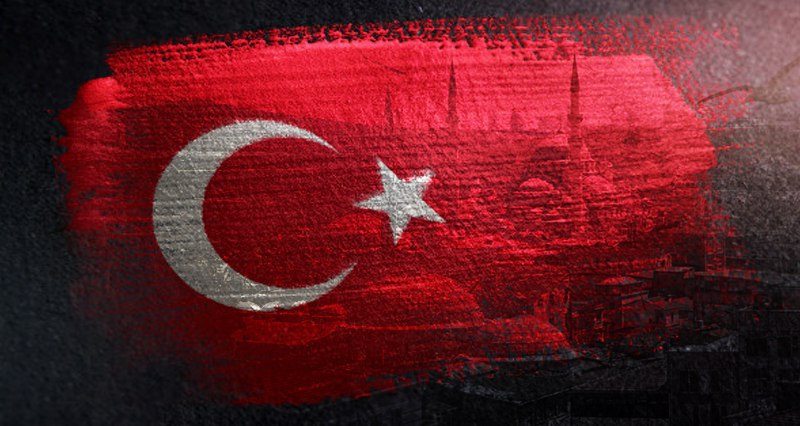


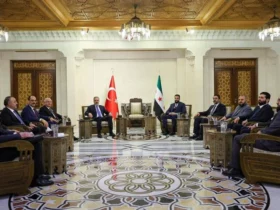


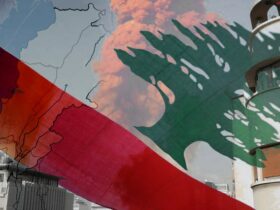
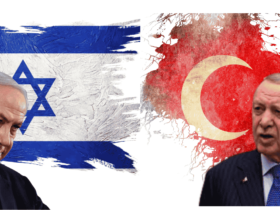
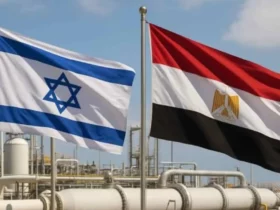

Leave a Reply